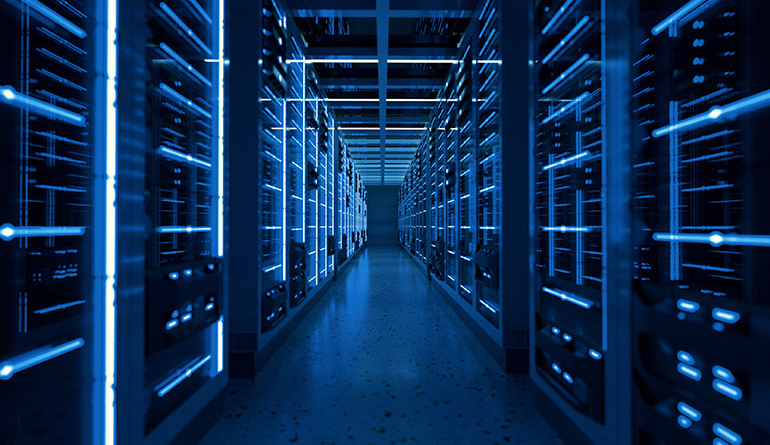Semiconductor R&D breakthroughs reshape 2024 landscape – Research & Development World
Research & Development World
|
[Adobe Stock]
[Wikipedia]
[Arm]
Thermal energy storage systems, also referred to as thermal batteries, hold promise for industrial energy management and decarbonization efforts. Such systems store energy as heat and can capture and retain large amounts of thermal energy over extended time frames. Companies like Rondo Energy, Antora Energy, and Electrified Thermal Solutions are developing such systems, storing energy in materials such as molten salt, concrete, engineered bricks, or carbon blocks.
Rondo Energy, for instance, uses bricks made from common materials to store heat at high temperatures. Its thermal batteries can deliver continuous, high-temperature heat up to 1500 degrees Celsius. This technology is in use at the 2 MWh heat battery installed at Calgren Renewable Fuels in California, which helps reduce the carbon intensity of biofuel production.
Antora Energy is taking a slightly different approach, using blocks of solid carbon to store heat. Its thermal batteries can convert renewable electricity into heat and then back into electricity via thermophotovoltaic cells. This dual capability allows for both direct industrial heat applications and electricity generation.
Finally, Electrified Thermal Solutions is focusing on using conductive bricks to store thermal energy, tapping the inherent advantages of thermal storage systems: high efficiency, low cost, and the ability to integrate with renewable energy sources.
For decades, researchers have touted the promise of graphene. But the material has been hard to tap in semiconductor applications. But in January 2024, a team of scientists based in Atlanta, Georgia, and Tianjin, China, announced that they had created the world’s first functional semiconductor made entirely of graphene. The material offers 10 times greater mobility than silicon. The researchers did so by conquering the so-called “band gap” hurdle that previously held graphene back. The result? A material that could pave the way for faster, more efficient devices. This graphene-based semiconductor combines the exceptional conductivity of graphene with the crucial ability to switch on and off. That’s a property key to digital electronics. Potential applications could span from enabling smaller, faster electronic devices to quantum computing.
[NVIDIA]
Nvidia targets a 4x increase in training performance at the cluster level compared to the H100 GPU. For specific inference workloads, particularly with large language models, Nvidia claims up to a 30x performance boost under certain conditions. Raw computing power sees a 2.5x improvement in standard formats, potentially reaching 5x when using the new FP4 format. One product embodying the new architecture is the B200 GPU, which features 208 billion transistors manufactured using TSMC’s 4NP process. Another example is the GB200 Grace Blackwell Superchip, which combines two B200 Tensor Core GPUs with the Nvidia Grace CPU, delivering significant performance gains for AI workloads. For instance, for a GPT-3 LLM benchmark with 175 billion parameters, the GB200 reportedly offers seven times the performance of an H100 GPU, as The Verge has noted.
Major cloud providers and tech companies, including AWS, Microsoft, Google, and Oracle, plan to adopt Blackwell-based systems.
[Samsung]
On May 8 2024, Microsoft announced a potentially $3.3 billion investment in a Wisconsin AI data center on the site of the abandoned Foxconn project. The investment will cover cloud computing and AI infrastructure development, the creation of a manufacturing-focused AI co-innovation lab and AI skills training for more than 100,000 Wisconsin residents. The investment strategy has four main components. The first includes building a new datacenter campus in Mount Pleasant while the second encompasses establishing an AI Co-Innovation Lab at the University of Wisconsin-Milwaukee. The latter two goals include partnering with local organizations for AI skills training and investing in community education and youth employment programs. Microsoft expects the project to create 2,300 union construction jobs by 2025.
Browse the most current issue of R&D World and back issues in an easy to use high quality format. Clip, share and download with the leading R& magazine today.
Copyright © 2024 WTWH Media LLC. All Rights Reserved. The material on this site may not be reproduced, distributed, transmitted, cached or otherwise used, except with the prior written permission of WTWH Media
Privacy Policy | Advertising | About Us

